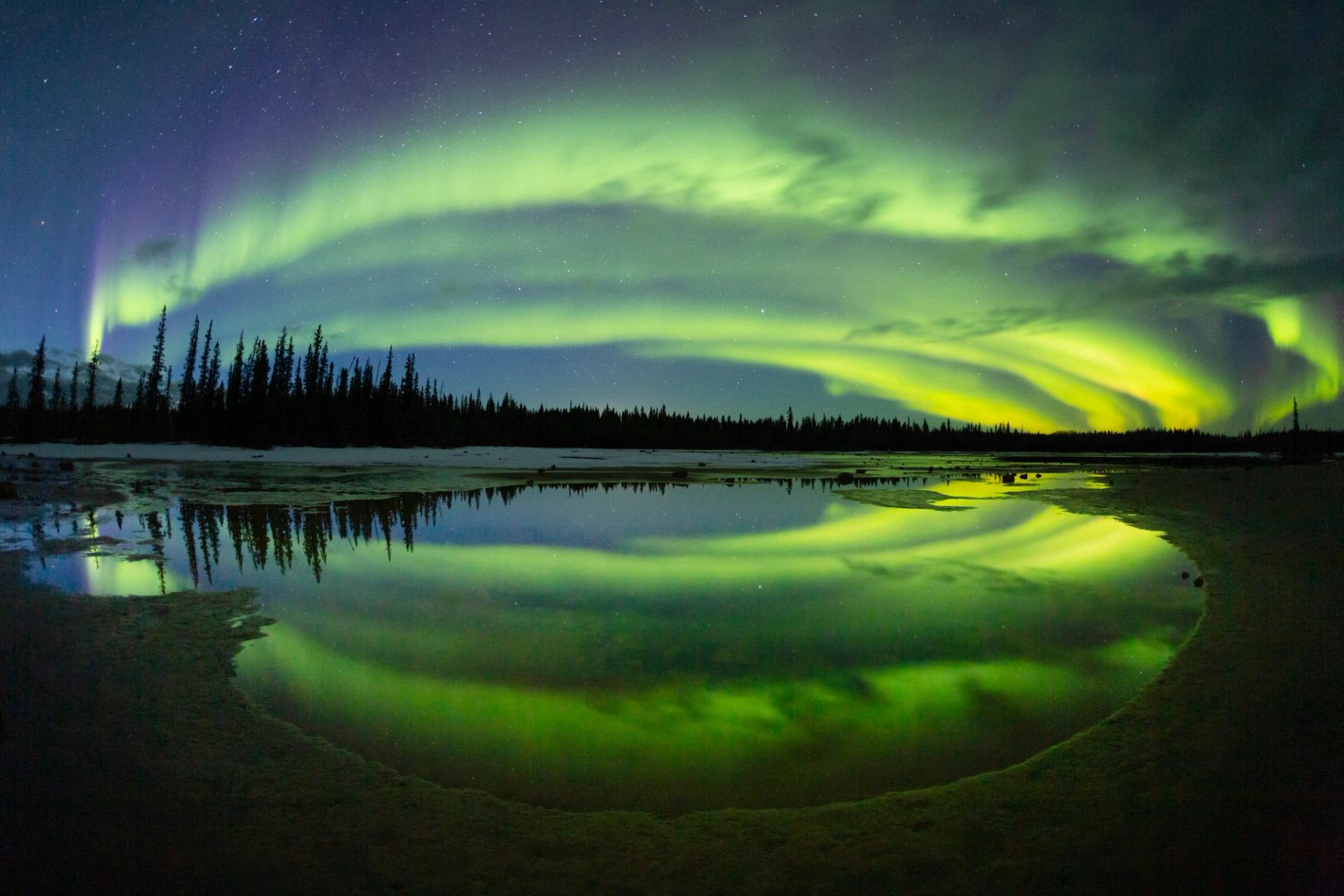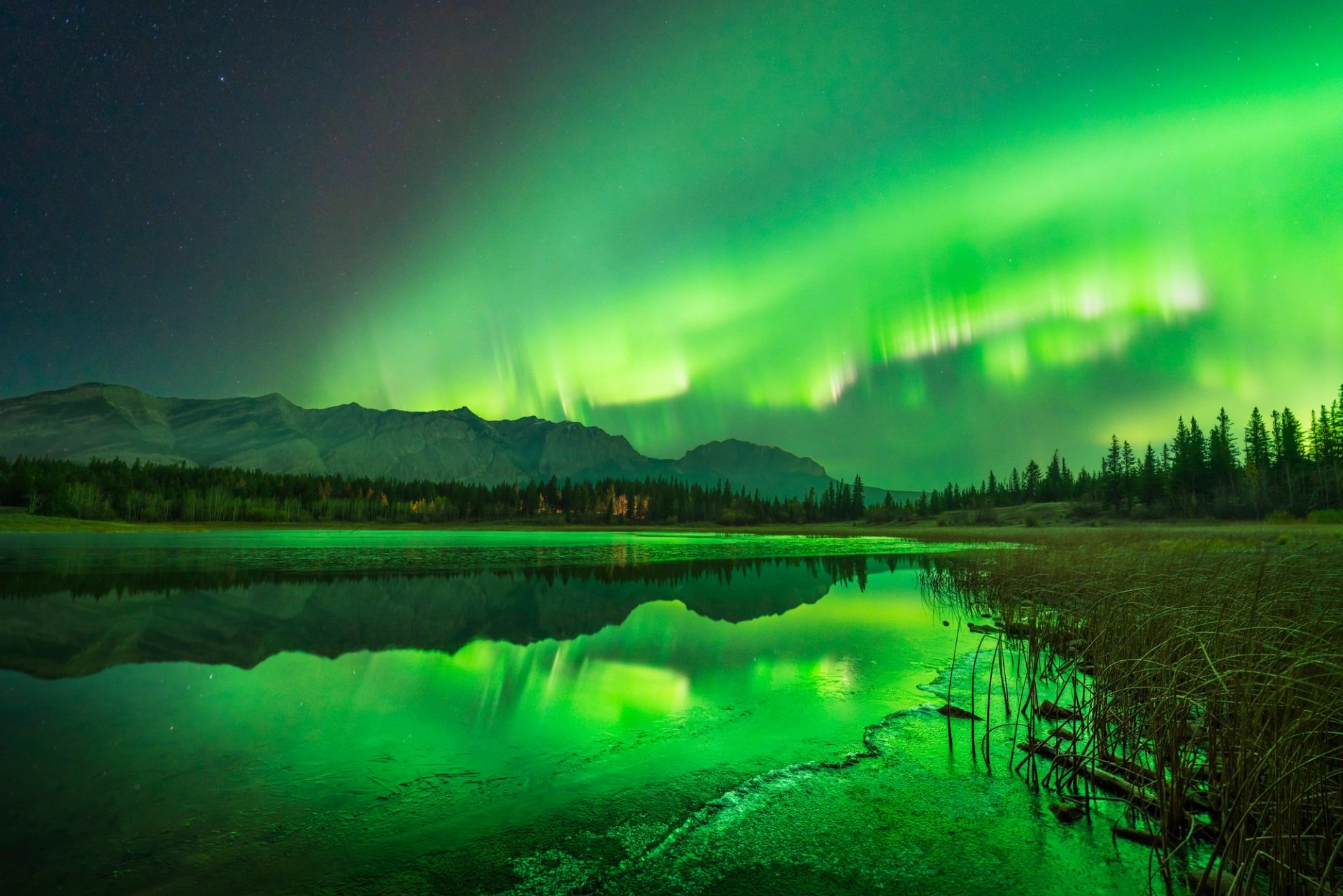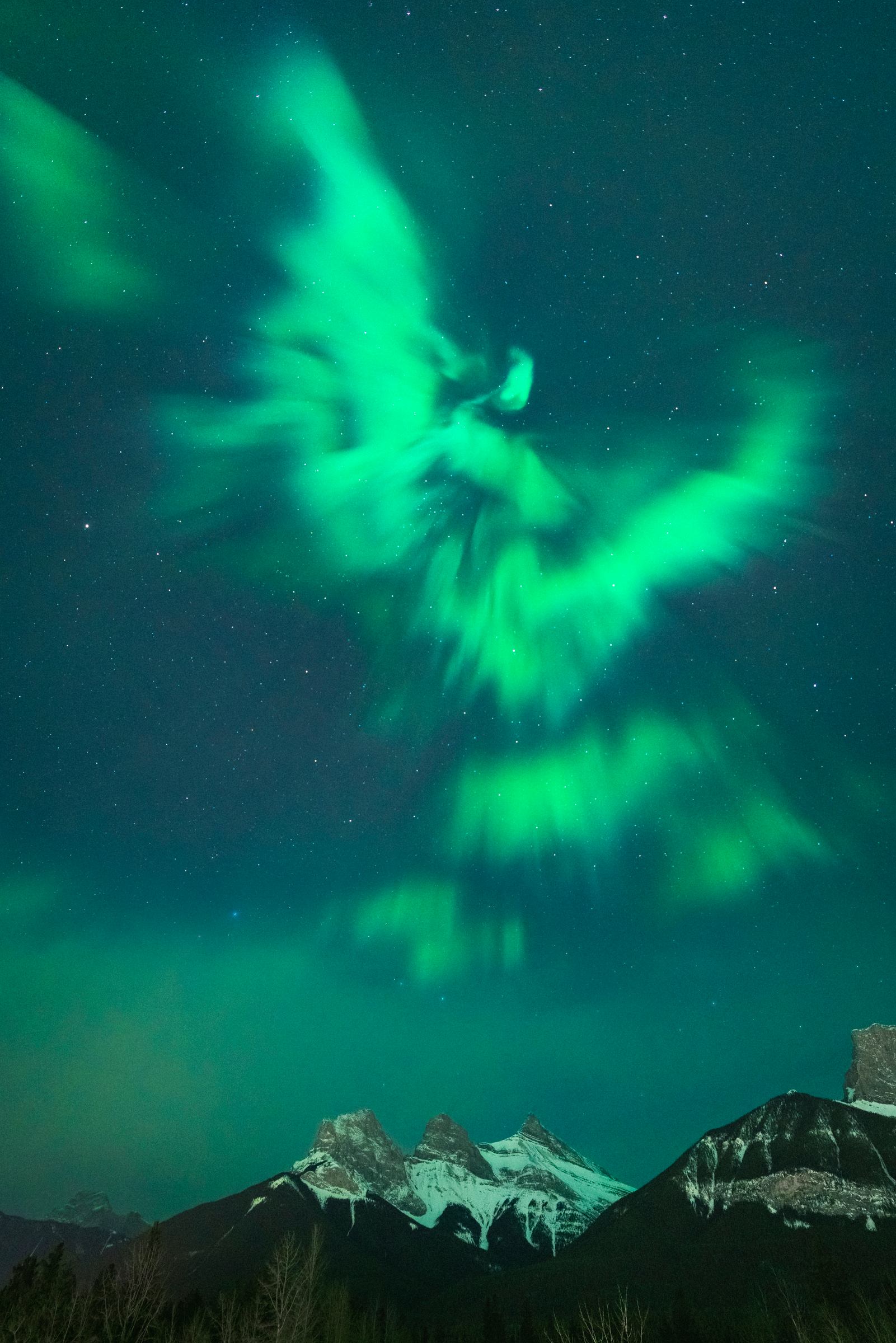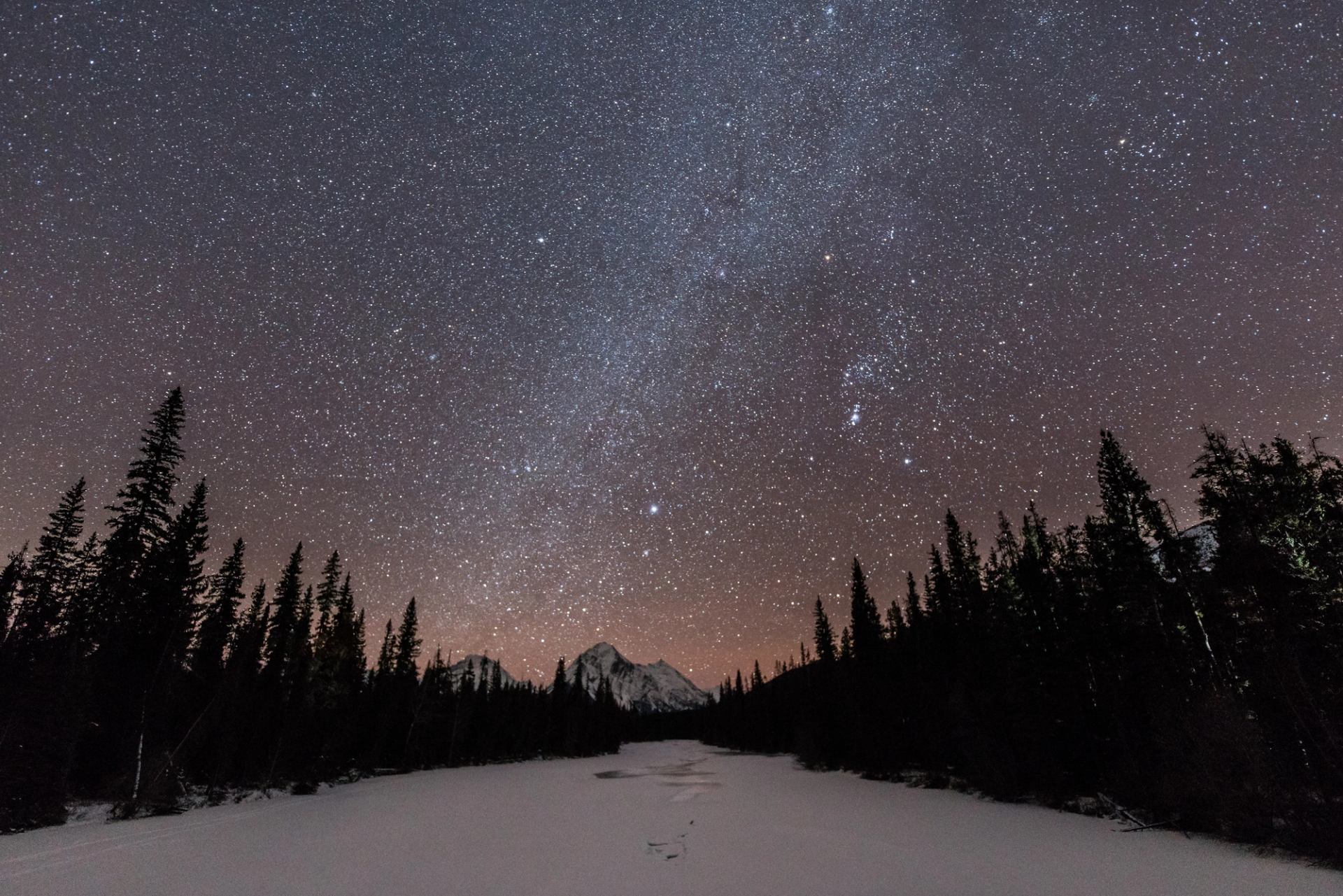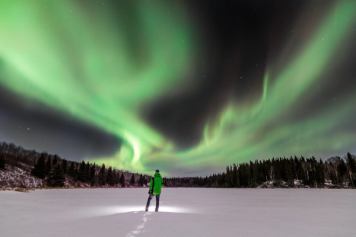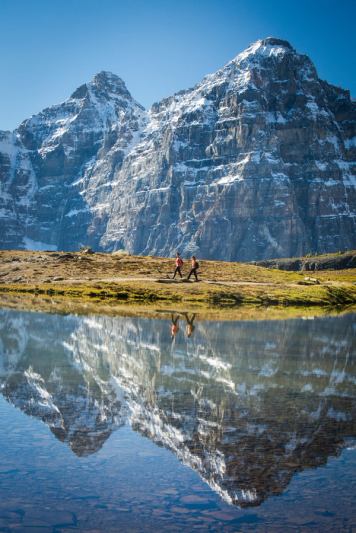Alberta is in an aurora sweet spot. Our long, dark nights mean more opportunities to spot the light show year-round.
The emerald aurora borealis is the result of charged particles smashing into gases in Earth's magnetic field. The lights are especially brilliant when solar wind activity is high.
The northern lights are predictable
While most people are sleeping, aurora chasers like Chris Ratzlaff head outside to catch the beauty overhead. These hobbyists use Earth forecasts and solar activity measurements to predict when aurora activity is likely.
"What draws me into aurora is that ability to predict it," Ratzlaff says.
Anyone can learn to make aurora predictions, says Ratzlaff. It starts with understanding how aurora happens, then learning to interpret available information. Aurora chasing is accessible, he says. Other areas of astronomy can be intimidating or expensive.
